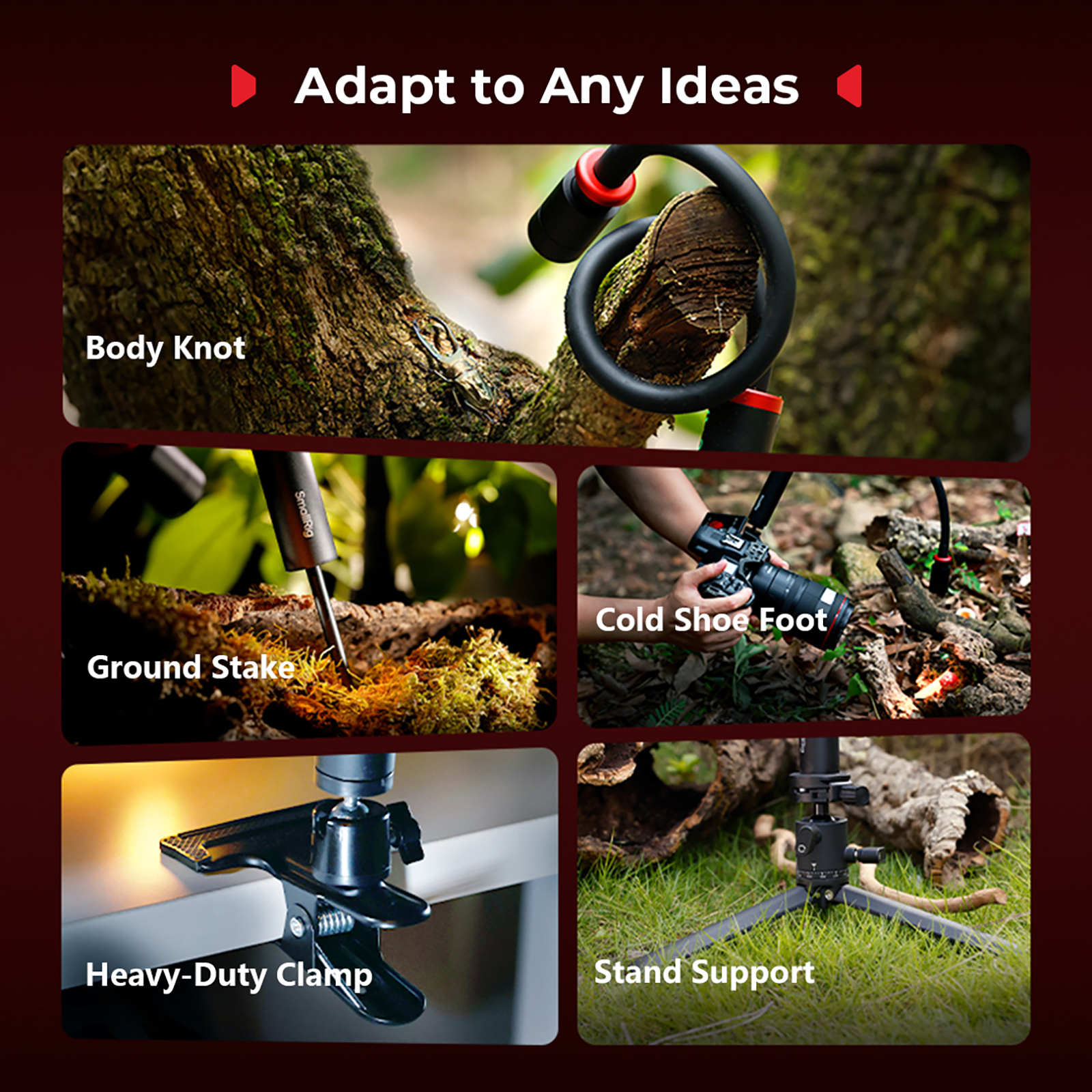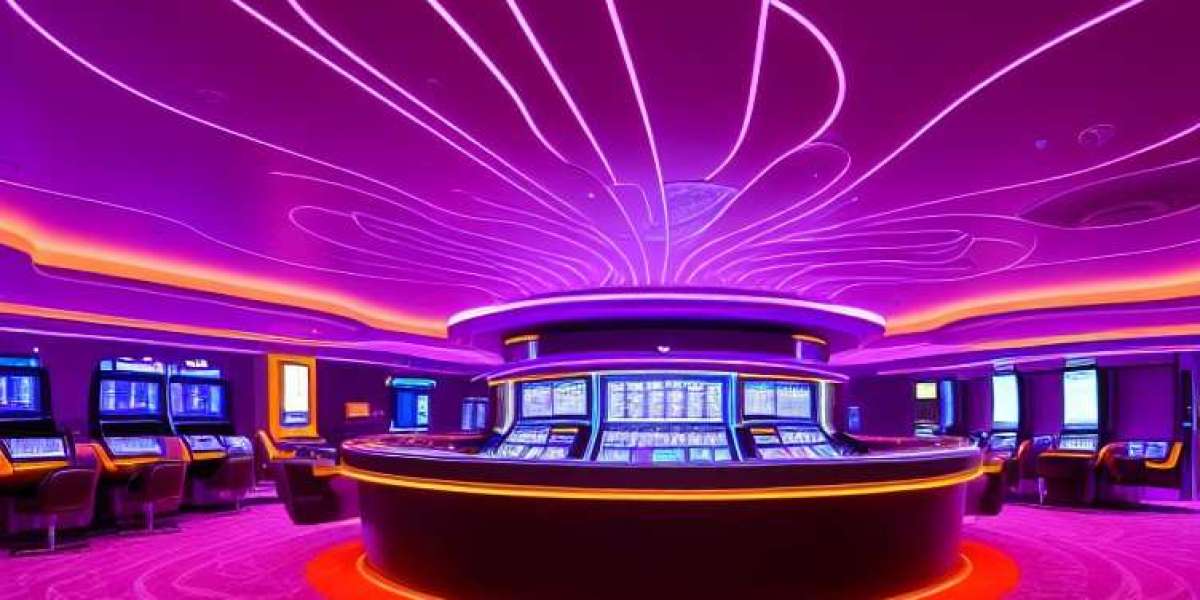Unlock Your Creative Potential: Discover the Perfect Camera Lights for Stunning Photography and Videography!
Lighting is an essential component of photography and videography that can make or break an image. Proper lighting not only enhances the visual aesthetics but also brings out the emotions and stories behind each shot. Camera lights play a crucial role in this aspect, providing the necessary illumination and creating the perfect mood. This article aims to explore the various types of camera lights available, their advantages, and how they can elevate your creative projects. Whether you are a seasoned photographer or a budding videographer, understanding camera lights can unlock new levels of creativity and improve the quality of your work.

Understanding Camera Lights
Camera lights are artificial lighting sources designed to enhance the quality of images in photography and videography. They can significantly improve the clarity and vibrancy of your visuals, making them more appealing to viewers. There are several types of camera lights available, each serving different purposes. Continuous lights provide a constant source of illumination, allowing you to see how the light affects your scene in real-time. Flash lights offer a burst of light to freeze motion and illuminate subjects effectively, while LED options combine energy efficiency with versatility and portability. Understanding these different types is essential for making informed choices to suit your specific needs.
Types of Camera Lights
When considering camera lights, it's vital to understand the different options available and their unique features. Here’s a closer look at the various types of camera lights:
Continuous Lighting
Continuous lighting refers to lights that provide a steady source of illumination. This type is particularly beneficial for video work, where consistent lighting helps maintain a uniform look throughout the footage. Continuous lights allow creators to see how shadows and highlights fall on their subjects, making it easier to achieve the desired effect. They are ideal for interviews, product shoots, and any scenario where you need to control the light over an extended period. A friend of mine who is a videographer swears by continuous lighting for his interviews, as it simplifies the setup and enhances the overall production quality.
Flash Lighting
Flash lighting is a staple in photography, providing a brief burst of light to capture images with clarity and detail. There are two primary types of flash lighting: on-camera and off-camera. On-camera flash is mounted directly on the camera, offering convenience and portability; however, it can create harsh shadows. Off-camera flash setups, on the other hand, allow for greater creativity, enabling photographers to position the light source for more dynamic and dramatic effects. This method can produce stunning portraits and is often used in fashion photography, where controlled lighting can showcase details in clothing and accessories.
LED Lighting
LED lights have gained immense popularity in recent years due to their portability, energy efficiency, and versatility. They generate less heat compared to traditional lighting options, making them ideal for extended shoots. LED lights come in various forms, including panels, ring lights, and portable setups, making them suitable for both photography and videography. Their adjustable color temperatures allow creators to match the lighting conditions of their environment, resulting in more natural-looking images. A colleague of mine recently switched to LED lighting for her product photography, and the difference in quality was remarkable—colors were more vivid, and the setup was much easier to handle.
Choosing the Right Camera Lights
Selecting the right camera lights depends on several factors, including your budget, intended use, and the environment in which you'll be shooting. Start by identifying your primary needs—are you focusing on photography, videography, or both? Additionally, consider the type of projects you'll be working on. If you often shoot outdoors, portable LED lights may be the best option, while studio settings may benefit from continuous or flash lighting setups. Pay attention to color temperature as well; lights that offer adjustable settings can help you achieve the perfect ambiance for your shots. It's worth investing time in experimenting with different lighting techniques to find what works best for your creative vision.
Maximizing Your Creative Vision with Camera Lights
In conclusion, camera lights are a fundamental element of photography and videography that can significantly impact the quality and creativity of your work. By understanding the different types of camera lights available—continuous, flash, and LED—you can make informed decisions that align with your specific needs. Whether you're looking to enhance your portraits, create engaging videos, or simply experiment with light and shadow, the right lighting setup can help you unlock your creative potential. I encourage you to explore various options and techniques, as experimenting with lighting can lead to stunning results and a deeper appreciation for the art of visual storytelling.








